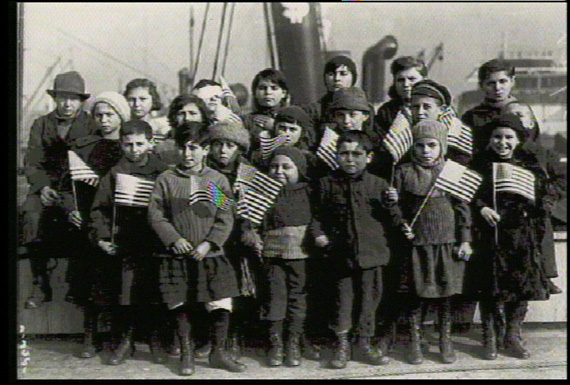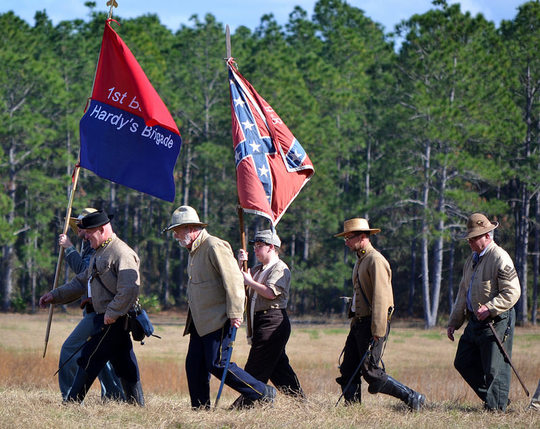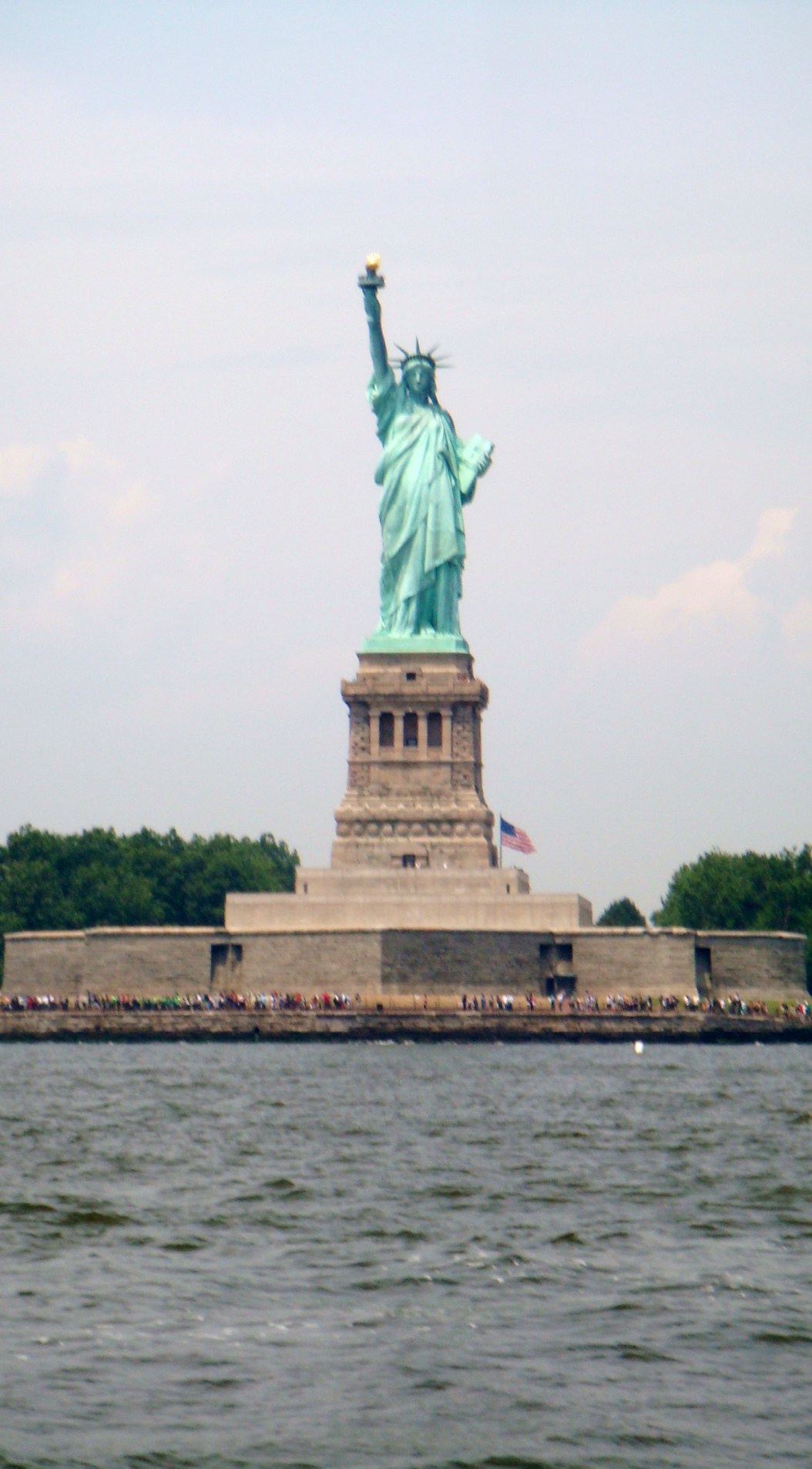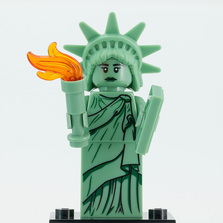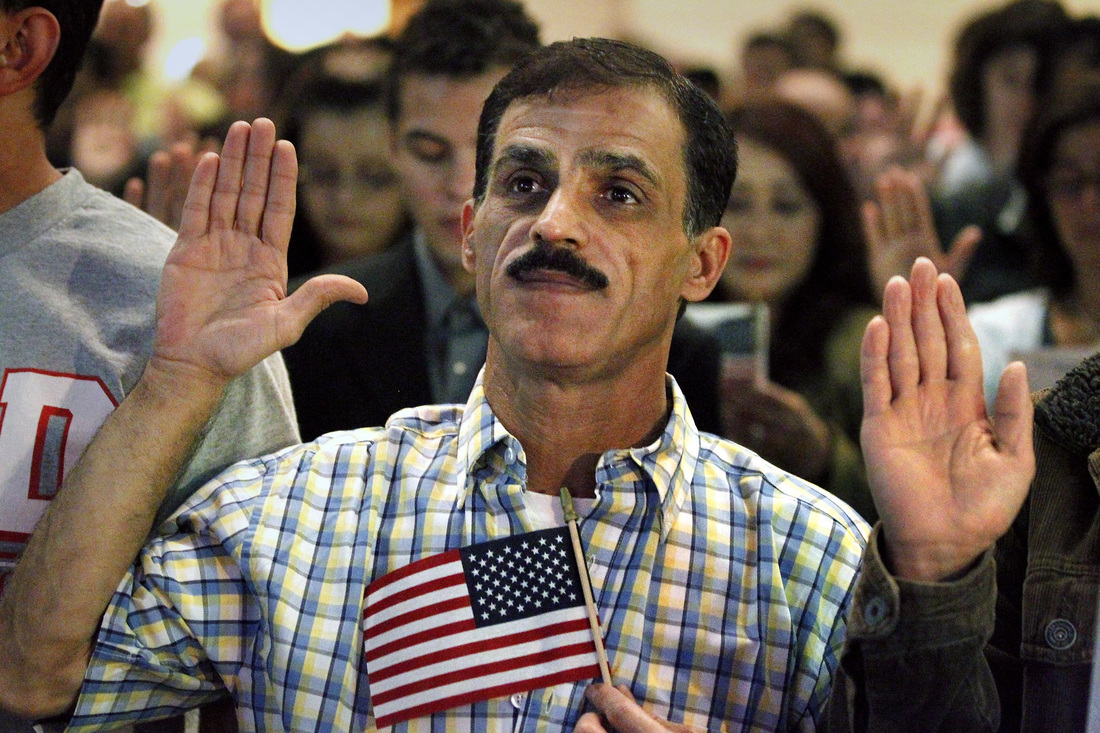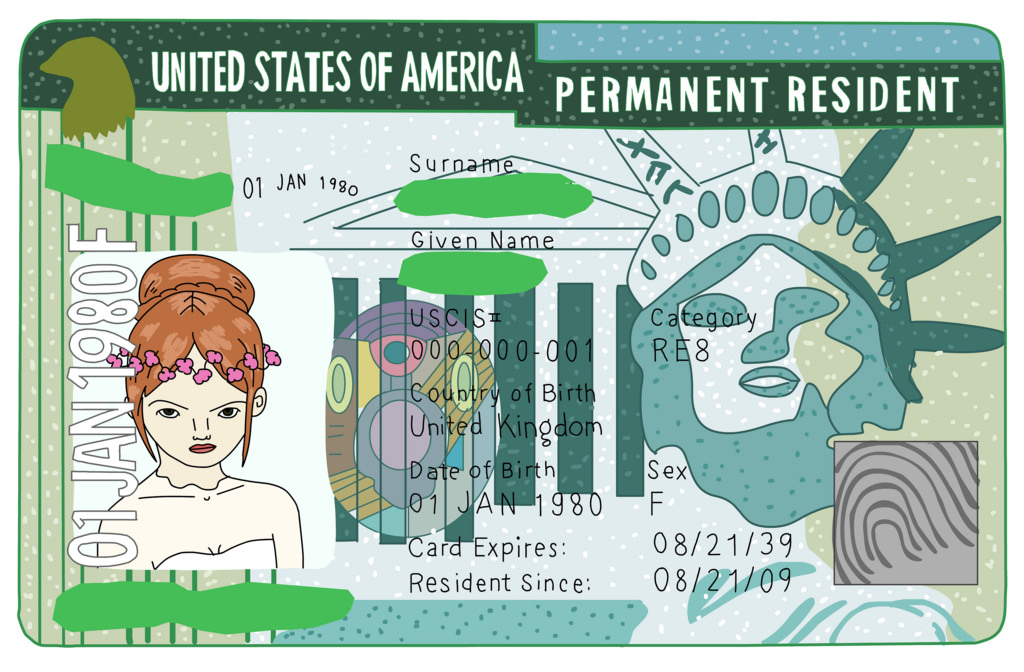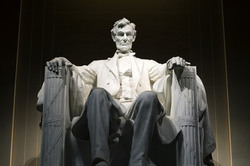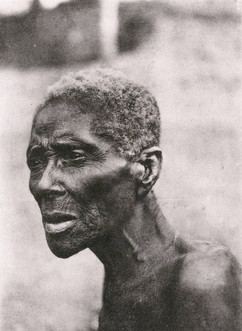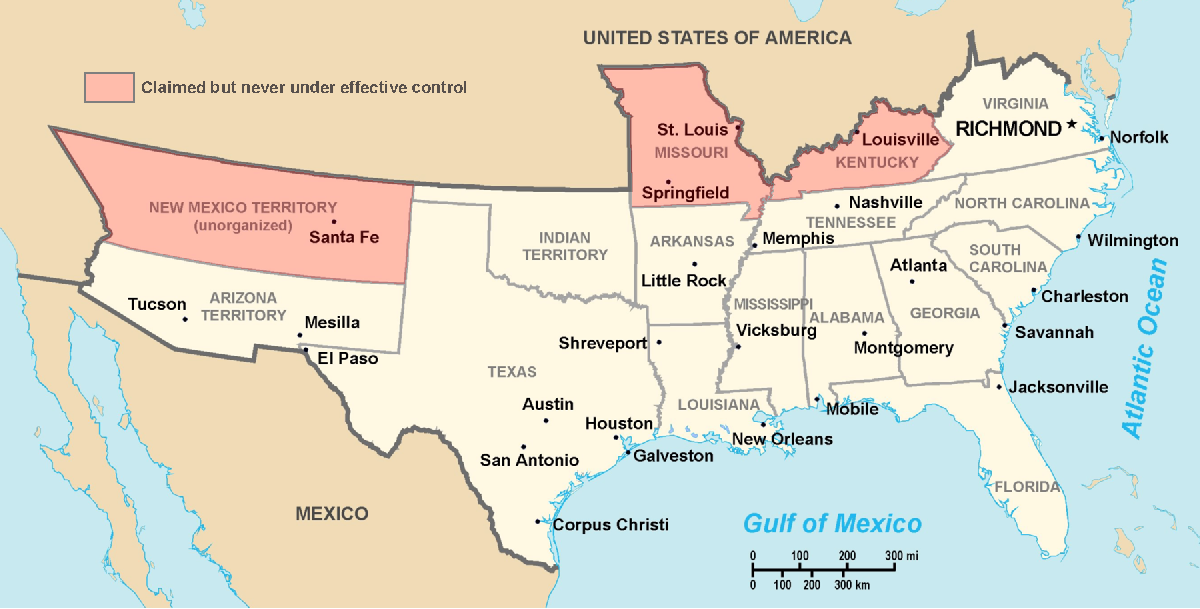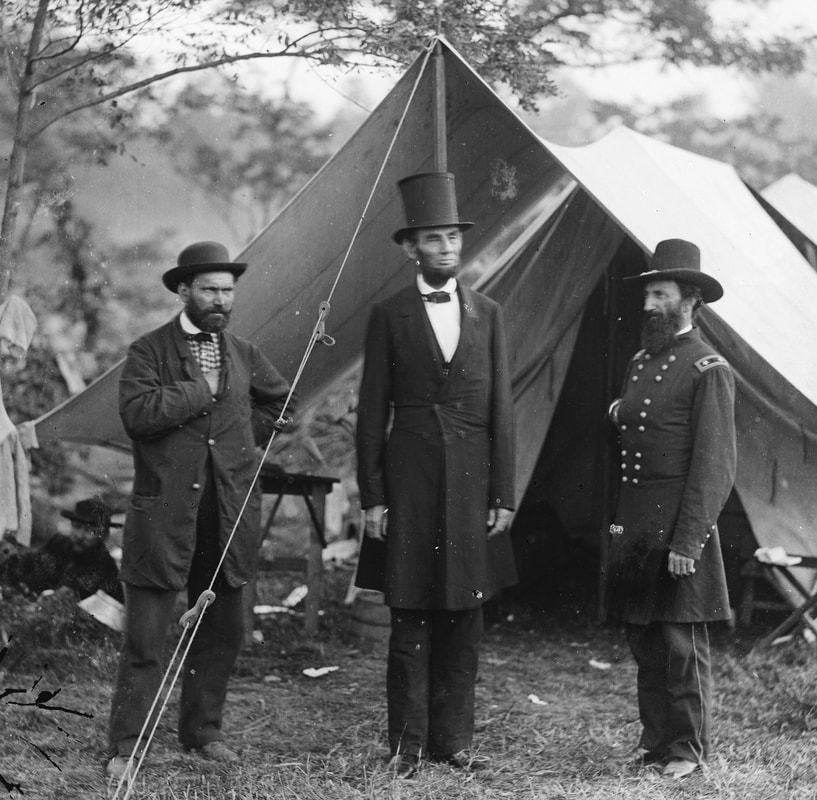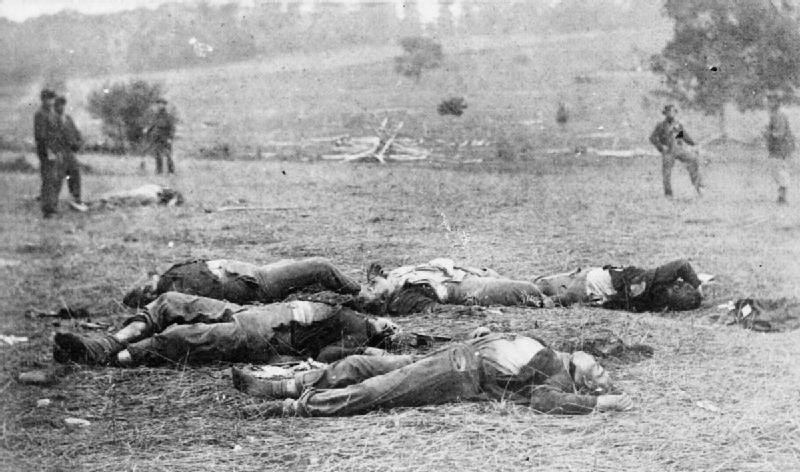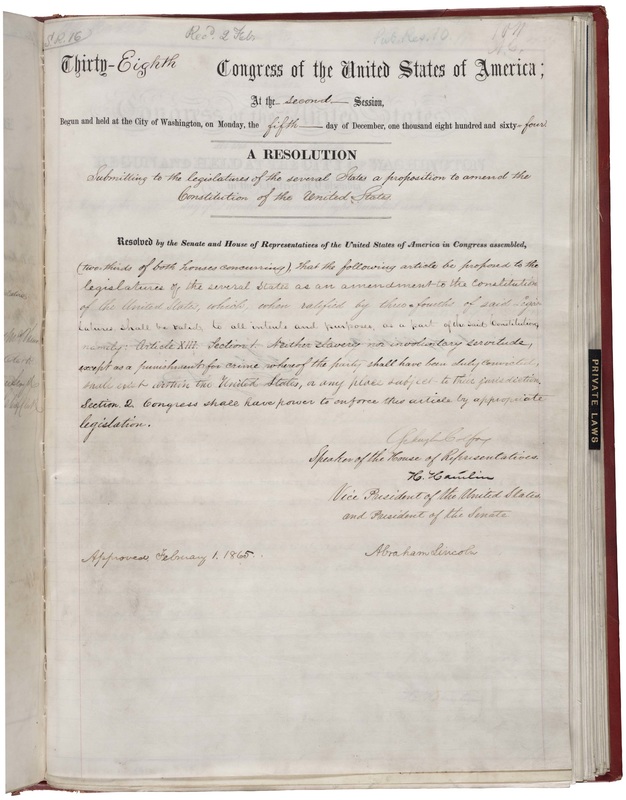|
"The land flourished because it was fed from so many sources, because it was nourished by so many cultures and traditions and peoples.”
Lyndon B. Johnson - Former American president A nation of nationsThe first immigrants to settle in what is now the United States were the ancient ancestors of modern Native Americans. The precise routes of those first North American immigrants are disputed, but there is no uncertainty about the fact that every human being on the continent is either a recent immigrant or a descendant of earlier immigrants.
Since the first immigrants came here from Asia more than thirteen thousand years ago, there have been four large and easily recognizable modern waves of immigrants into the United States. It wasn't until the end of the 15th century that Europeans set their eyes on the New World in numbers. The French and Spanish were the first to establish settlements before the English and Dutch, among others, founded their first permanent colonies. On the eve of the American Revolution, the land was already a kaleidoscope of languages and ethnicities. Why immigrate? There are multiple answers to this question. Although people nowadays face different challenges, some of the reasons why people moved to the New World during colonial times echo some of the reasons that push people to immigrate to the United States today. Economic Opportunity Going to North America brought the promise of cheap land and freedom of enterprise. Incoming farmers, fishermen, tradesmen, shipbuilders and craftsmen all found work. Religious Freedom Whether to oppose persecution or to preserve their religious identity, many groups moved to the New World. The English Pilgrims, Quakers and Protestant sects, wanting to preserve the purity of their views, each set up their own religious settlements. With no state religion or external intervention, these communities were free to lead their lives the way they wanted. Slave Trade Landowners experienced constant shortage of labor, despite the use of indentured servants who would gain their liberty after five to seven years. The cheap land meant white immigrants, no longer tied down, would then become landowners themselves. There was therefore a constant need for labor which manifested itself in the form of slavery. ellis island
west side storythe american civil warThe American Civil War was fought from 1861 to 1865 between the northern states and the southern states. The North and the South are also referred to as the Union states and the Confederate states. The southern states did not want to be a part of the United States, so they decided to break away from the Union (secede) and make their own country, the Confederacy. They even wrote their own Constitution and had their own president, Jefferson Davis. People in the South were afraid that as the United States grew, each state would have less power and not be able to make their own laws. The northern states, on the other hand, wanted to stay one country.
The event that triggered the war was when Abraham Lincoln, a famous abolitionist who wanted to end slavery and keep the Union, won the presidential election in 1860. Lincoln had been the Republican candidate and he wanted a stronger federal government. He had claimed that he would not abolish slavery where it already existed, but that he would not let it spread to the new western territories. This is when the South started threatening that they would leave the Union. The War officially began when Confederate forces attacked a U.S. Union military installation at Fort Sumter in South Carolina. The Confederacy was made up by eleven states: Alabama, Arkansas, Florida, Louisiana, Georgia, Mississippi, South Carolina, North Carolina, Tennessee, Texas and Virginia. The North was made up by the other twenty-five states that were in the north. There were many differences between the North and the South. The northern states had both more people, resources and wealth. They had a lot of industry, while the South had a lot of farming. The northern states had 100 000 manufacturing companies, while the South just had 18 000. Seventy percent of the railway network was in the North. The South depended on the work of slaves to do the farming, but the North wanted slavery abolished. This was something which the South strongly opposed. Other differences were taxes, the size of government and the kind of army each side had. The North was military superior, with a population of about 21 million, compared to the 9 million living in the South. As much as 3,5 million of the inhabitants of the South were slaves. What is more, the northern states practically monopolised the production of weapons, and they had twice as many soldiers as the South. On the other hand, the southern states had better qualified officials and a more unified leadership. Initially both the northern and southern armies depended on volunteers, but later on both the North and the South decided to call on the male population to do the military service. However, both southerners and northerners could pay a sum of money to avoid doing the service, or they could find someone to replace them. In the North they used a tossup to decide who was to be called for service, while at the same time increasing the payments for voluntary enlistment. It was easier for immigrants without citizenship to avoid being enlisted, compared to American citizens, but in the end, about a quarter of the soldiers in the northern army had been born abroad. This is about half a million. Nearly 180 000 Afro-Americans fought in the northern army. The Civil War was fought mostly in the southern states, and it is known as the deadliest war in American history. Over 600 000 soldiers died and more than 375 000 people were injured. Both armies were badly clothed and fed. Many of the soldiers had no shoes. There was little time and proper medical help to look after the wounded, so many people died from diseases. The War ended on April 9, 1865, when General Robert E. Lee (leader of the Confederate Army) surrendered to Ulysses S. Grant (the leader of the Union Army) in Virginia. |
"Give me your tired, your poor, your huddled masses yearning to breathe free."
Confederate states and "border" states
Lincoln on the battlefield
A terrible war
the 13th amendment
strange fruitSouthern trees bear a strange fruit,
Blood on the leaves and blood at the root, Black bodies swinging in the southern breeze, Strange fruit hanging from the poplar trees. | ||||||||||||||||||
|
Kilder: http://immigrationtounitedstates.org/603-immigration-waves.html https://www.hstry.co/timelines/a-history-of-immigration-in-the-usa http://www.goodreads.com/quotes/tag/immigration http://jwa.org/womenofvalor/lazarus http://www.nc-net.info/ESL/search-results.php?q=emma%20lazarus http://www.schundler.net/SymbolsofLib.pdf http://www.schundler.net/The%20Oath%20of%20Citizenship.pdf http://www.nps.gov/elis/learn/education/upload/famous%20immigrants.pdf https://www.facebook.com/ajplusenglish/videos/vl.171354969872736/628309100643934/?type=1&theater http://media.jrn.com/images/b99117766z.1_20131010173400_000_gcc2th4t.1-0.jpg http://teacher.scholastic.com/activities/immigration/tour/images/stop1/photo-d.jpg http://teacher.scholastic.com/activities/immigration/tour/index.htm https://www.flickr.com/photos/lookcatalog/23775491514 http://home.earthlink.net/~jfarr8/tour.html http://www.lyricsfreak.com/b/billie+holiday/strange+fruit_20017859.html https://upload.wikimedia.org/wikipedia/commons/e/e8/13th_Amendment_Pg1of1_AC.jpg https://www.ourdocuments.gov/doc.php?flash=true&doc=40 http://www.letssingit.com/west-side-story-lyrics-america-movie-hzkt6ft#axzz4ObbXVAXx https://en.islcollective.com/resources/printables/worksheets_doc_docx/west_side_story_america/intermediate-b1-how/27420 http://random-idea-english.blogspot.no/2011/04/song-america-from-west-side-story.html http://ndla.no/en/node/19700?fag=42 https://upload.wikimedia.org/wikipedia/commons/5/50/Cicatrices_de_flagellation_sur_un_esclave.jpg https://upload.wikimedia.org/wikipedia/commons/f/fa/Family_of_slaves_in_Georgia,_circa_1850.jpg https://s-media-cache-ak0.pinimg.com/564x/db/27/bb/db27bb5343f6bbf174f42bedd1c4b226.jpg https://upload.wikimedia.org/wikipedia/commons/8/88/SlaveChildrenUnknown.jpg https://snl.no/Den_amerikanske_borgerkrigen https://kidskonnect.com/history/civil-war/ http://www.ducksters.com/history/civil_war.php Fenner, Anne-Brit og Nordal-Pedersen, Geir; Searching 10, Gyldendal Norsk Forlag AS 2008, s.164-165. https://commons.wikimedia.org/wiki/File:The_American_Civil_War,_1861_-_1865_Q44183.jpg https://commons.wikimedia.org/wiki/File:PinkertonLincolnMcClernand-II.jpg https://commons.wikimedia.org/wiki/File:Map_of_CSA_4.png |
Klikk her for å redigere.
|
